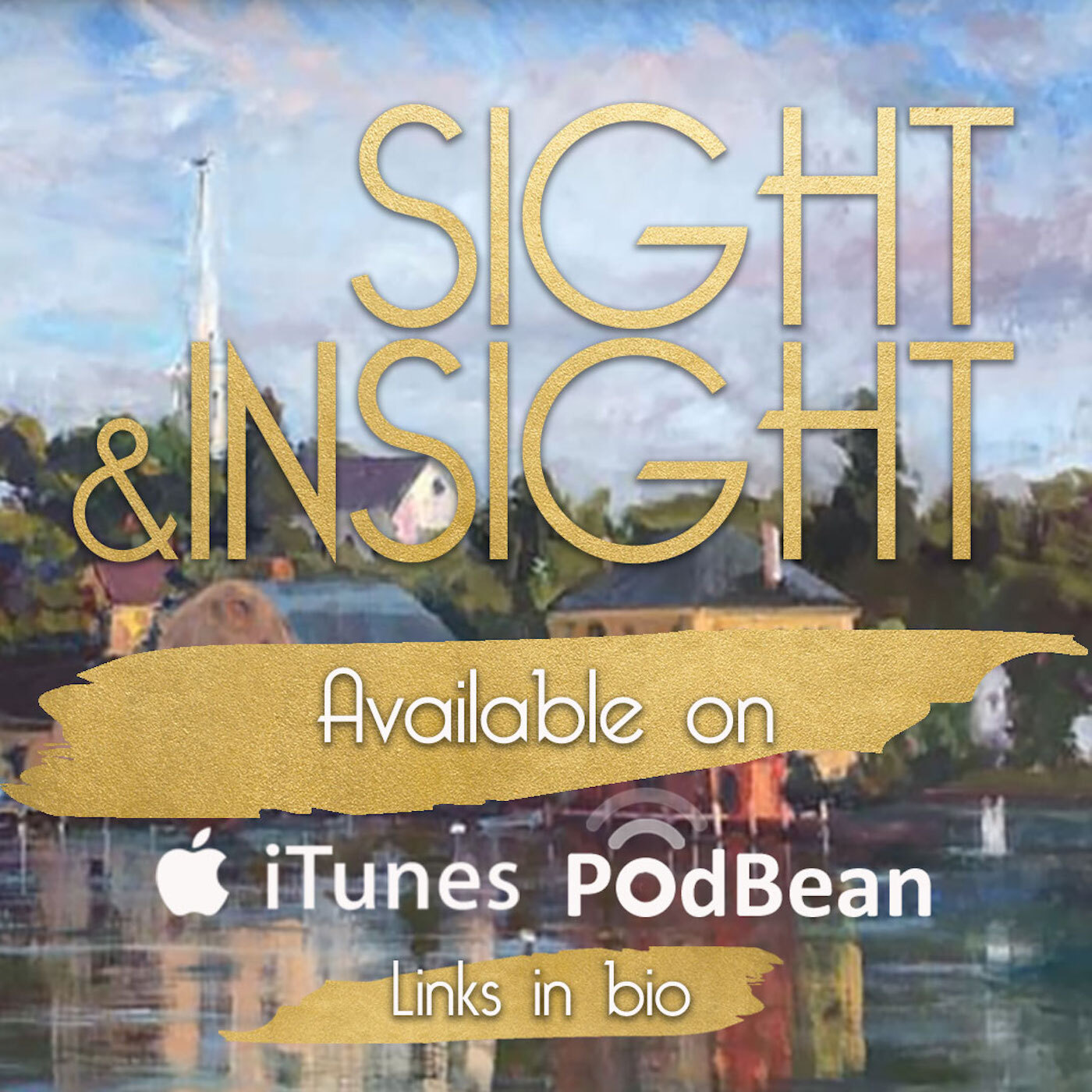Episodes

Monday Aug 13, 2018
Episode 20: Psychology and Art
Monday Aug 13, 2018
Monday Aug 13, 2018
Join Connie, David and Judy as they consider the question of Psychology and Art. All three have enjoyed reading the works of Carl Jung (1875-1961) the Swiss psychiatrist and psychoanalyst who founded analytical psychology, although Connie is, of course, the undisputed expert. For instance, why are certain paintings more thought provoking than others? Why are we fascinated by the enigmatic smile of Leonardo da Vinci’s "Mona Lisa?” Is it more to do with how the artist has expressed himself, or how the viewer reacts? Why do some paintings stay with us, in our memories, to be passed down through centuries, to be appreciated by generation anfter generation. Is it the work of the collective unconscious. Or are other influences at work?

Leonardo da Vinci, Mona Lisa, 1503-06, oil on poplar panel, 30 x 21, Musee du Louvre, Paris
The subject of psychology and art came up during a conversation on how a psychological approach can help an artist paint a better painting; helping us through the roadblocks and obstructions that our own inner psyche throwsup to thwart us. “Getting off autopilot,’ is how Connie phrases it, and ‘Unleashing creative expression.” Mandalas are one way of expressing our inner feelings.

Chenrezig sand mandala created at the House of Commons of the United Kingdom on the occasion of the Dalai Lama's visit in May 2008
Whether we are creating art, or appreciating art, or following other creative endeavors, it is important for us consider all aspects of the process. We may talk of the ‘psychology of building a landscape - including the smaller elements such as trees, rocks and grasses - but that does not mean we have to have a degree in psychoanalysis to be able to progress our work. However. we are all aware in some small way that we are influenced by the colors and textures in a painting, which arouse various feelings and emotions in both the painter and the viewer, including shadow thoughts and projection. As Jung points out, “Color expresses the main psychic functions of man [and woman].”
Ich sage euch: man muß noch Chaos in sich haben, um einen tanzenden Stern gebären zu können.
- I tell you: one must still have chaos within oneself, to give birth to a dancing star.
Friedrich Nietzsche, Thus Spake Zarathustra

Elihu Vedder, The Fates Gathering in the Stars, 1887, oc, 44.5 x 32.5, Art Institute of Chicago
The idea of psychology and its influence on our art is not a new subject. One should not be afraid of expanding one's horizon's to encompass a broader range of ideas if it will add an extra dimension to our creativity. There are numerous books out there that will offer food for thought for those who wish to delve a little deeper. For those who might think that Jung is too heavy duty to begin with, why not try Women Who Run With the Wolves by Clarissa Pinkola Estes - a book that is a must for creative women everywhere - or Shaun McNiff's Imagination in Action: Secrets for Unleashing Creative Expression.
"From the living fountain of instinct flows everything that is creative; hence the unconscious isnot merely conditioned by history, but is the very source of the creative impulse." - Carl Jung




No comments yet. Be the first to say something!